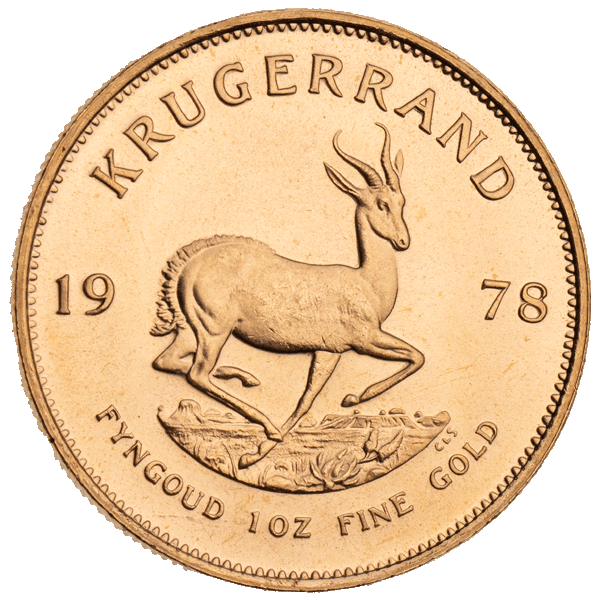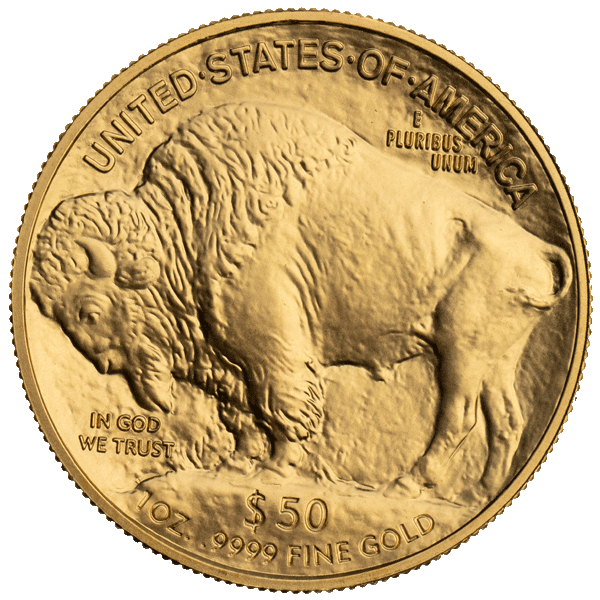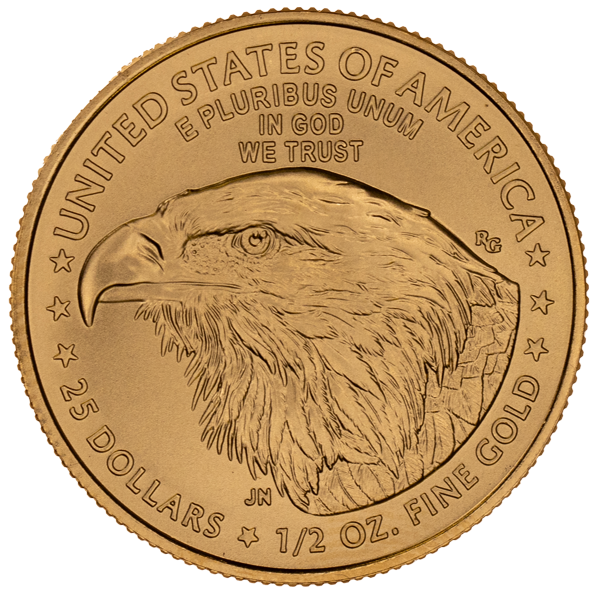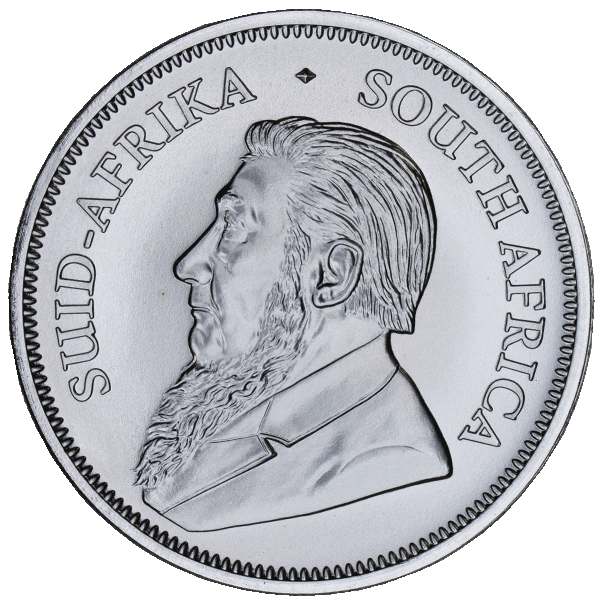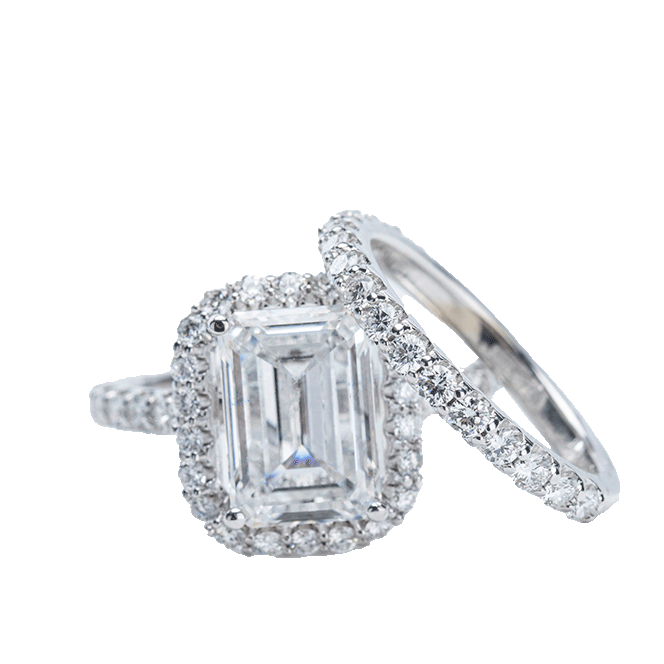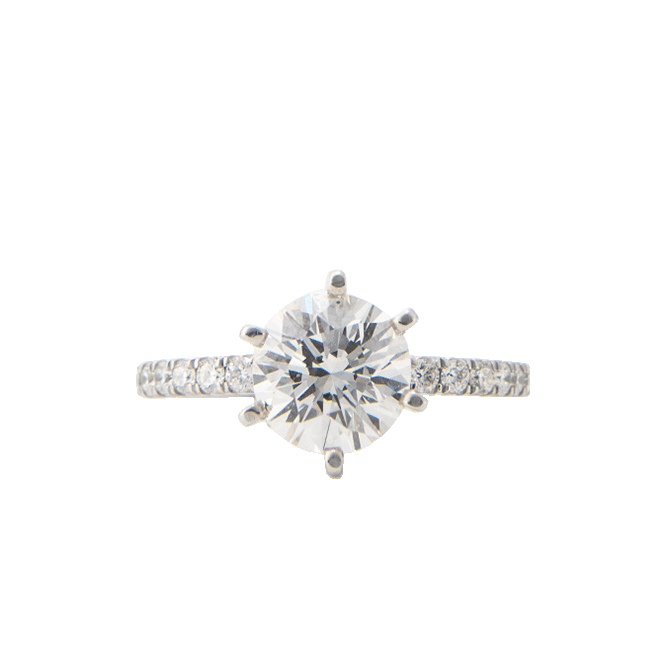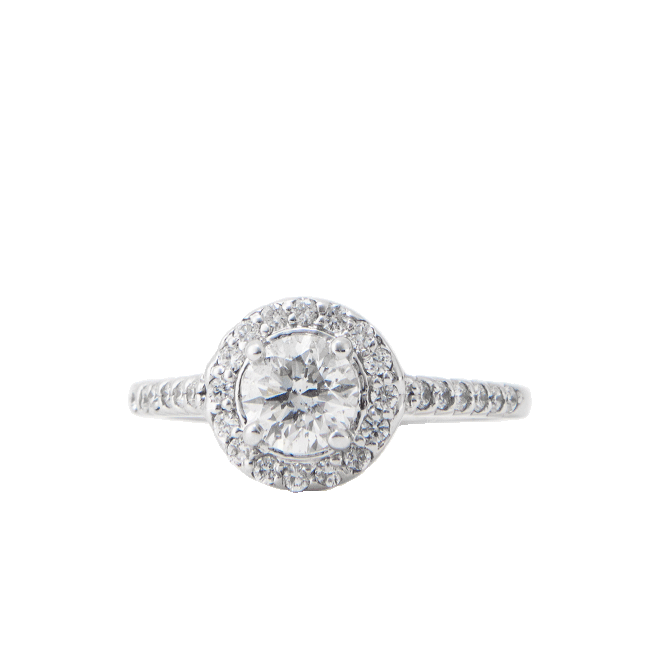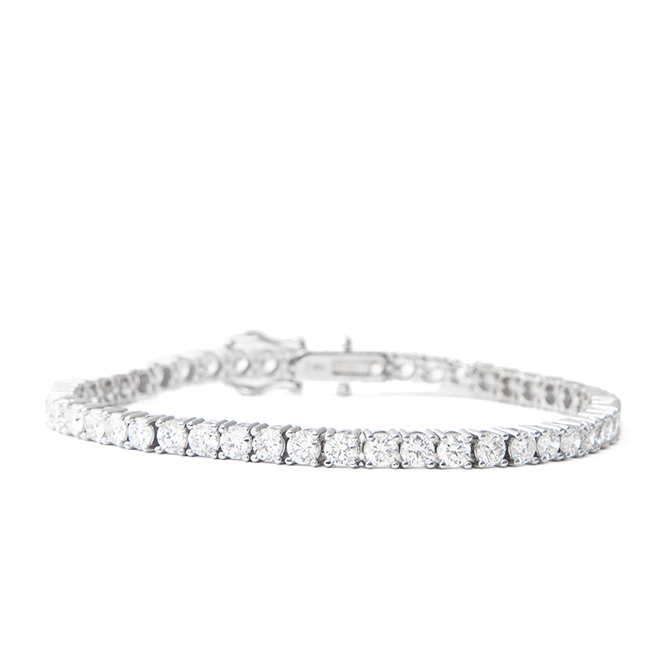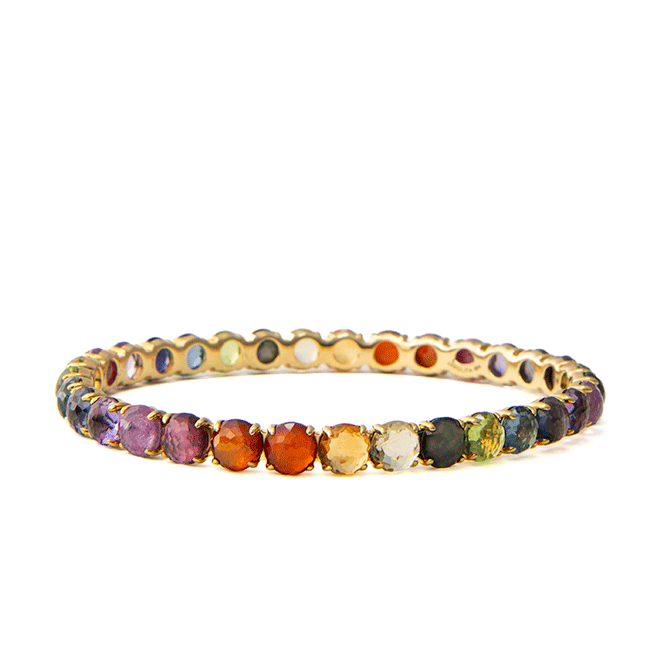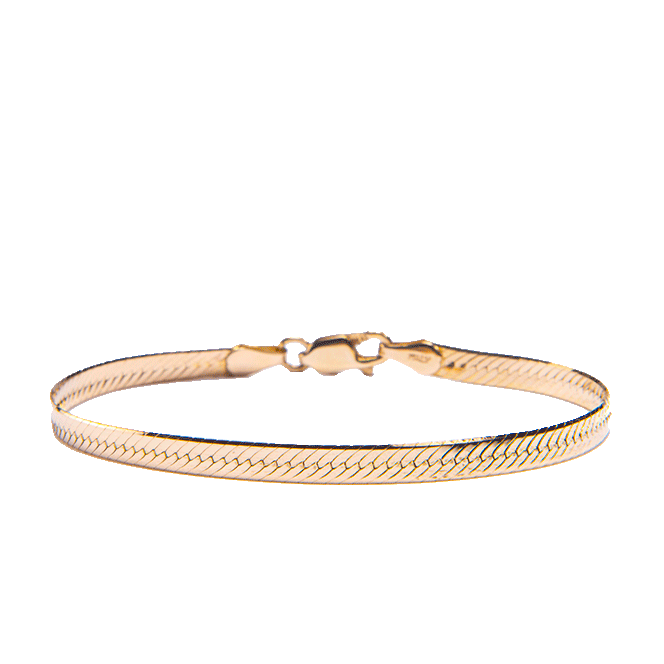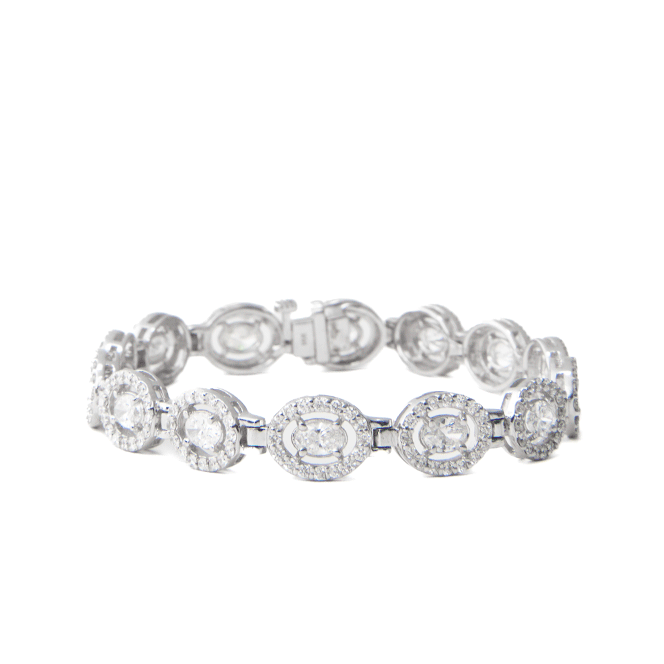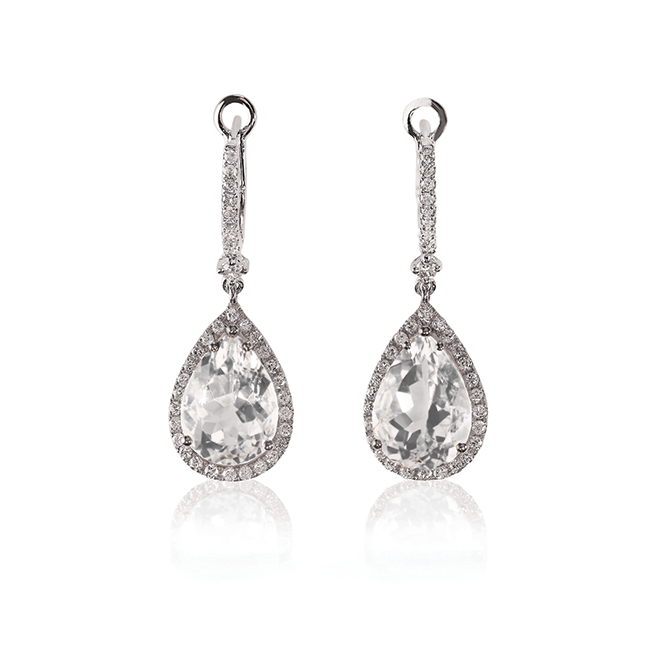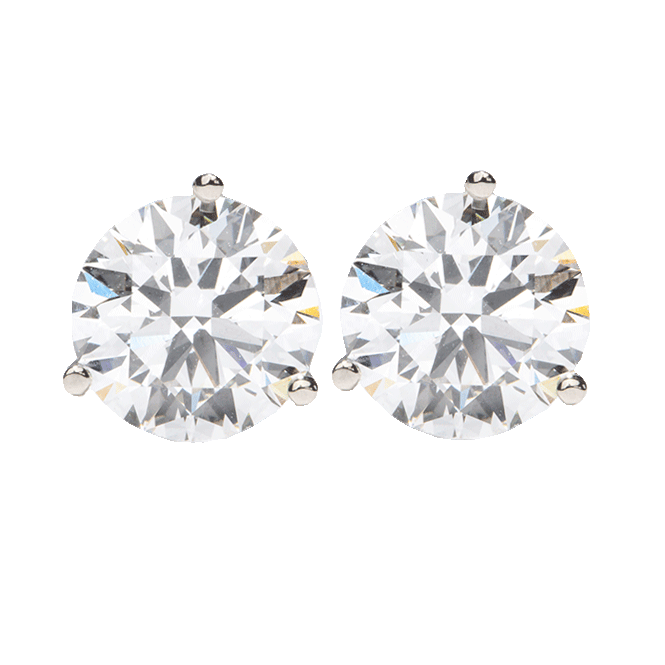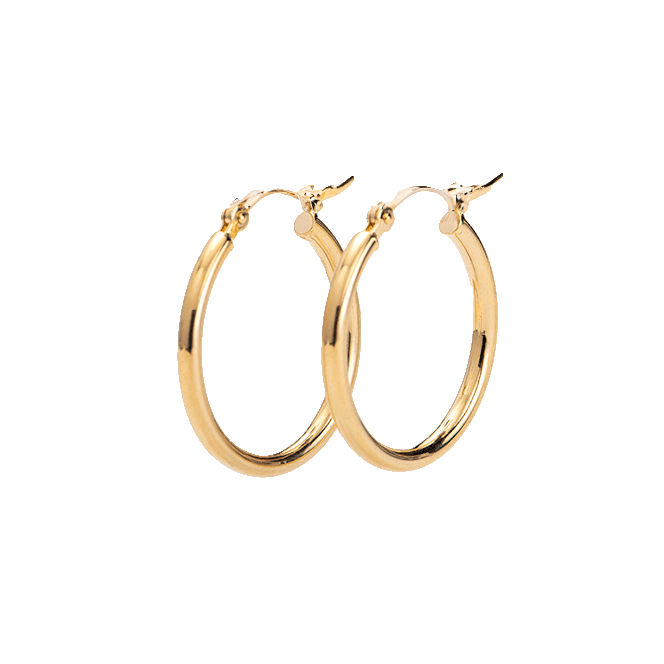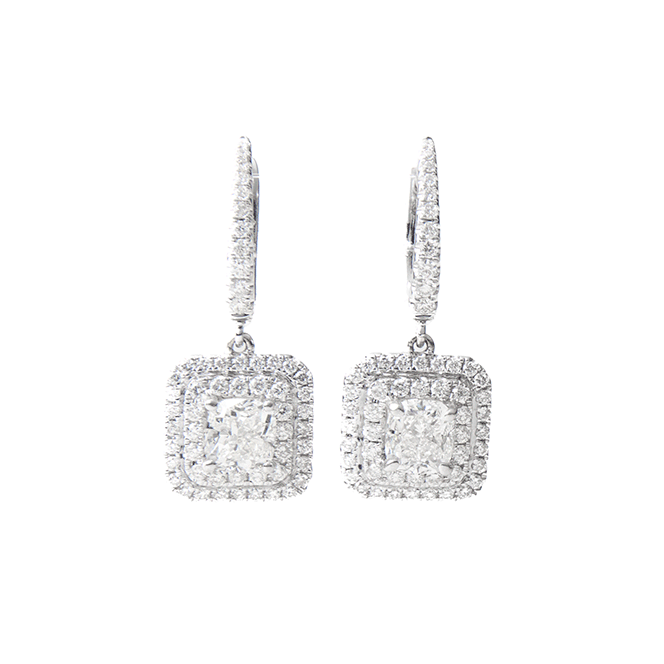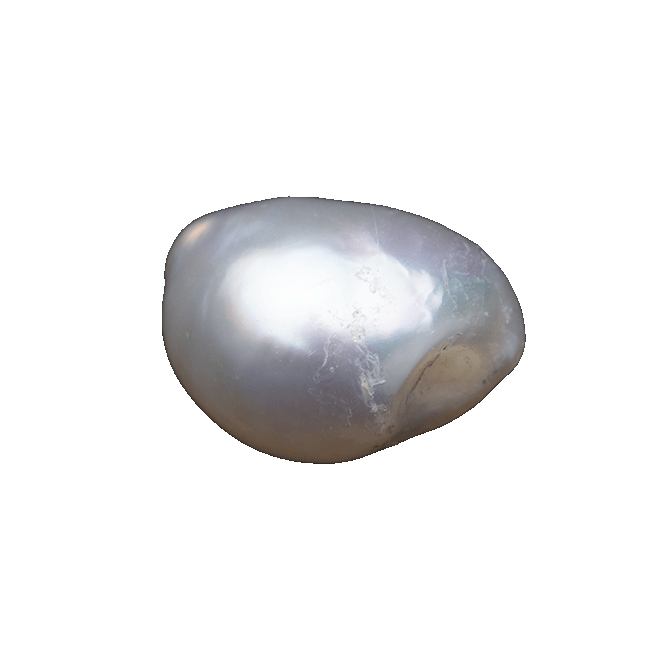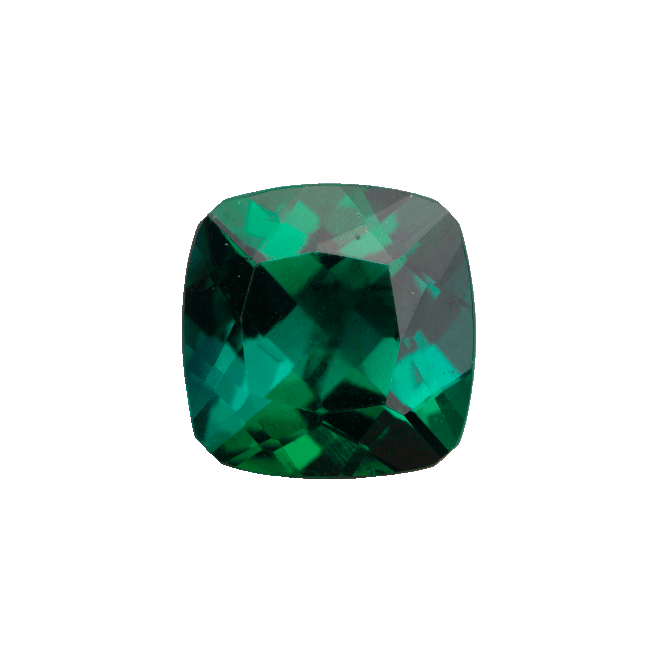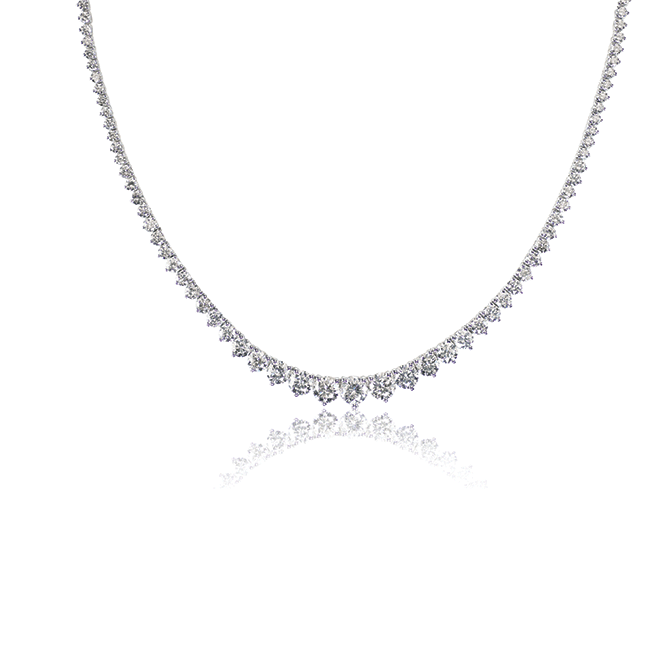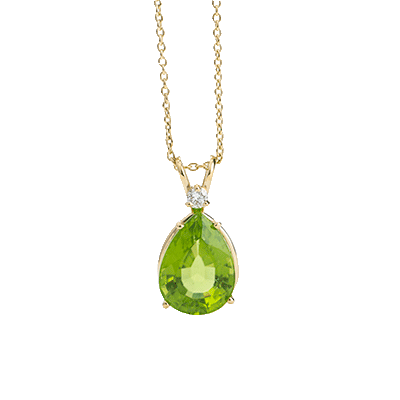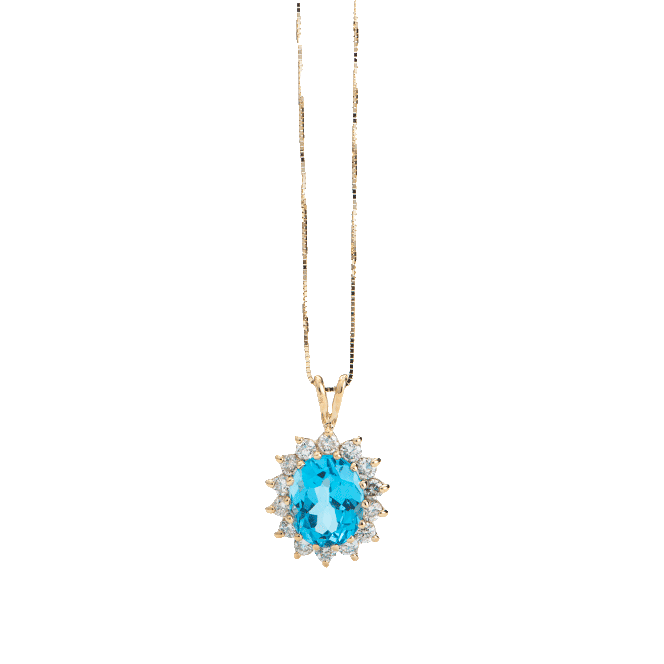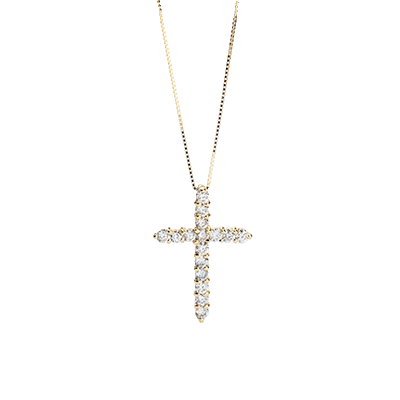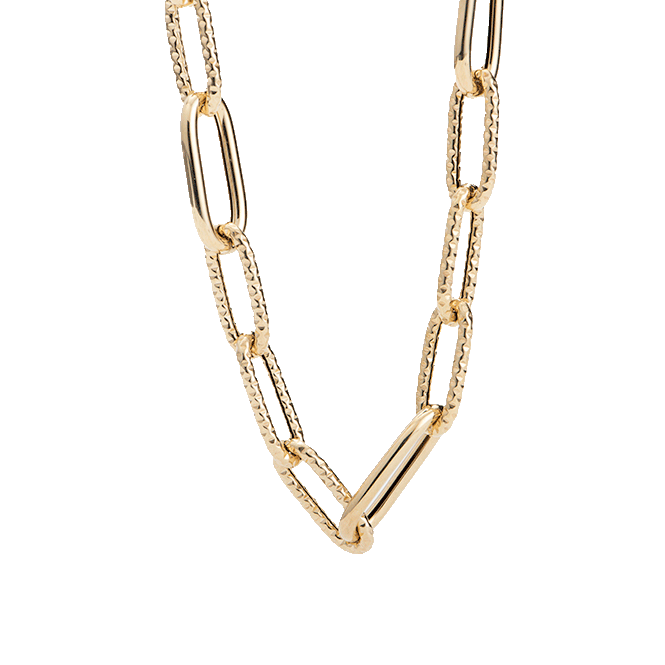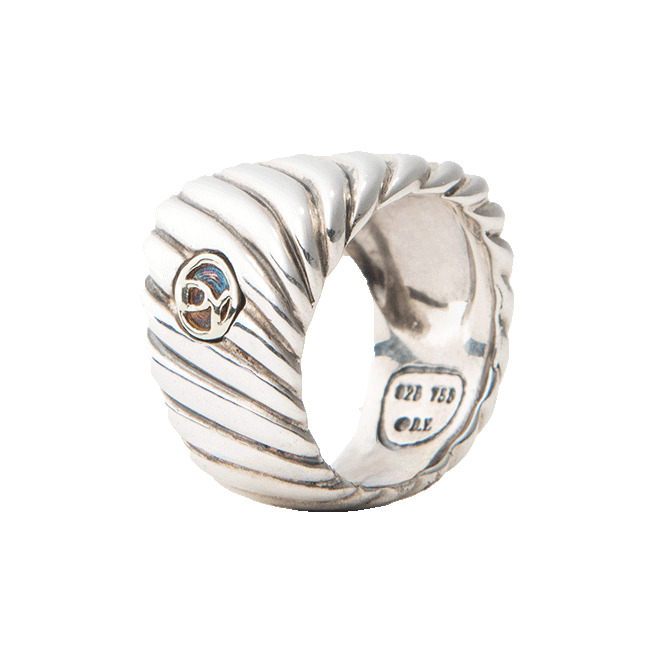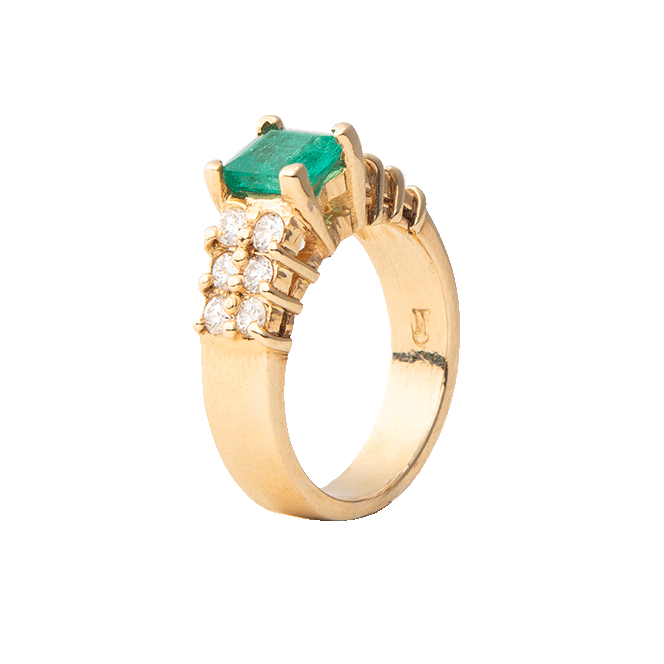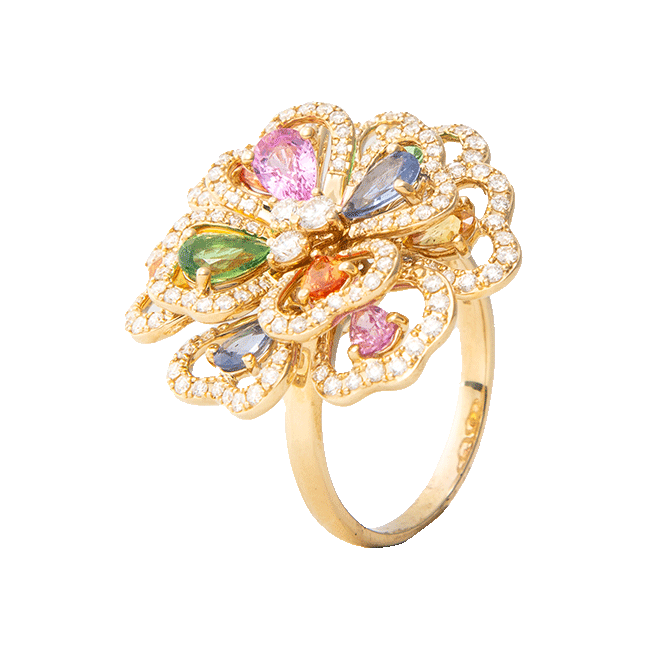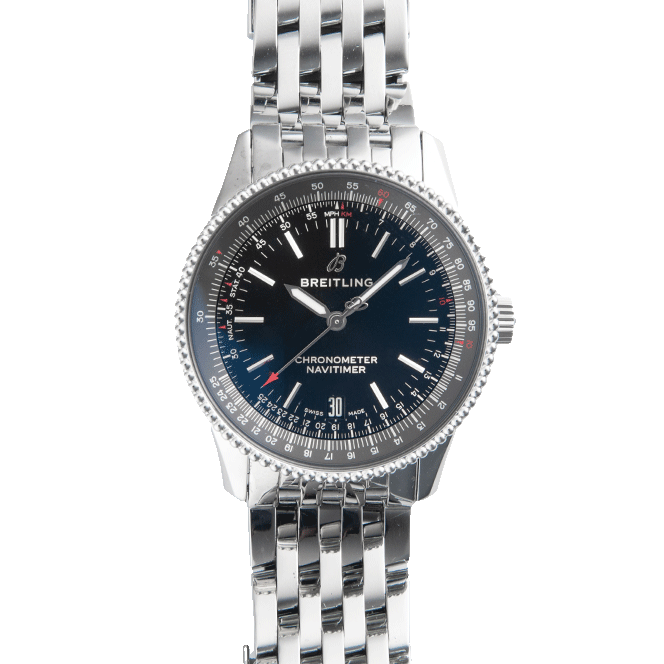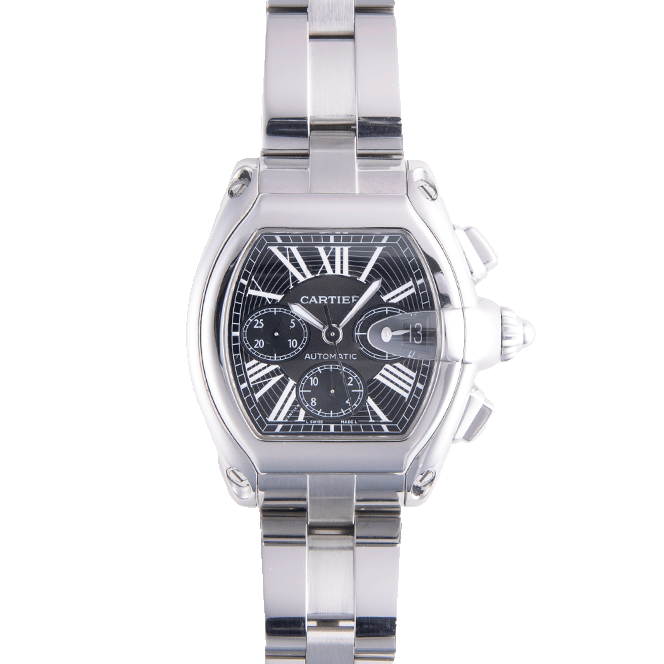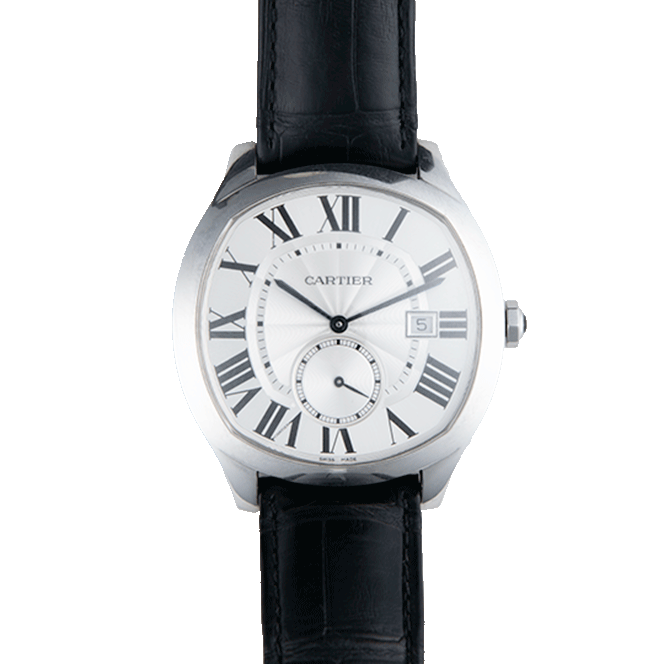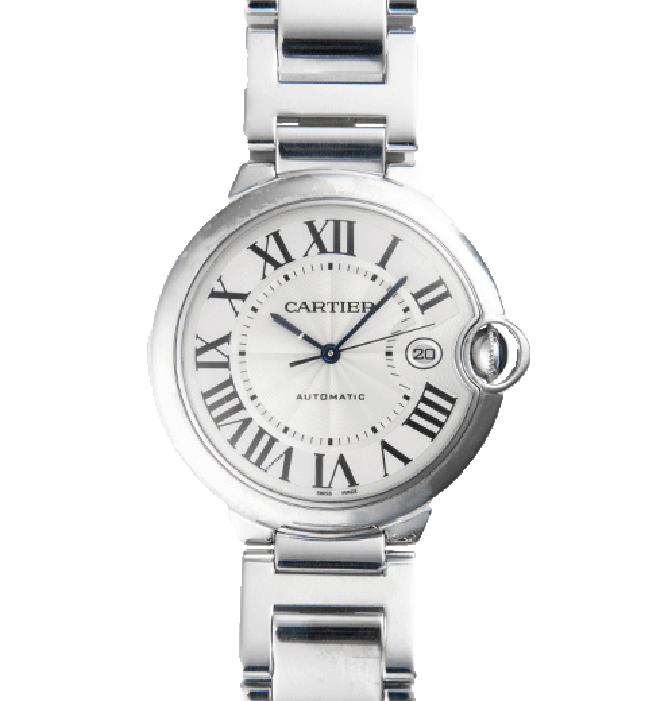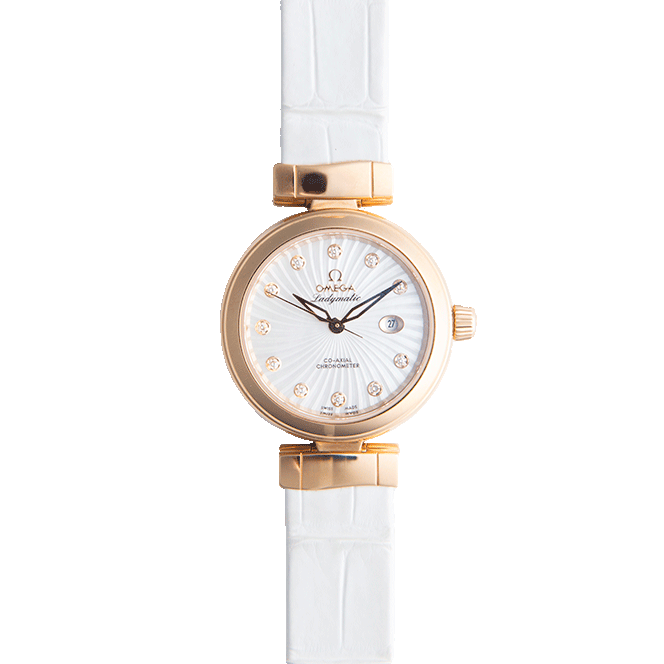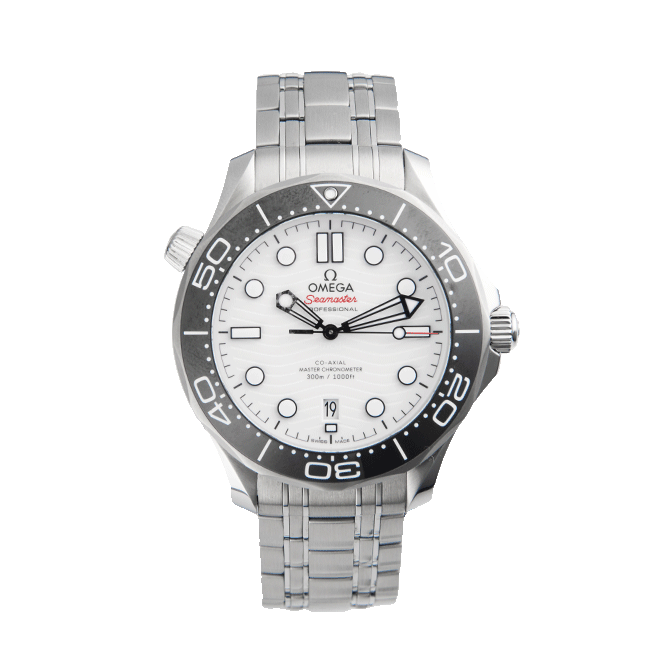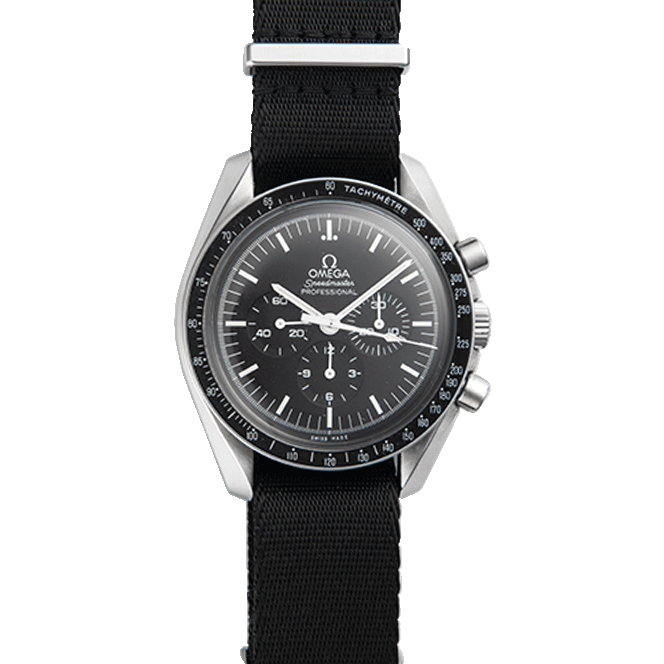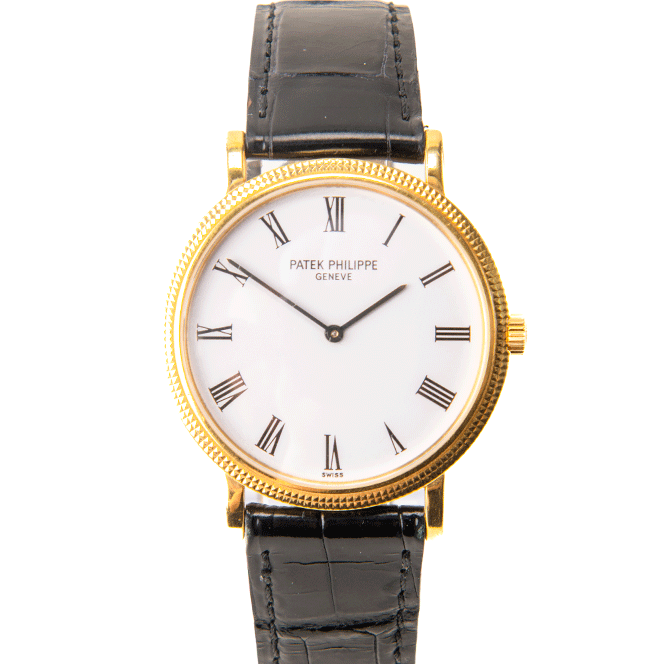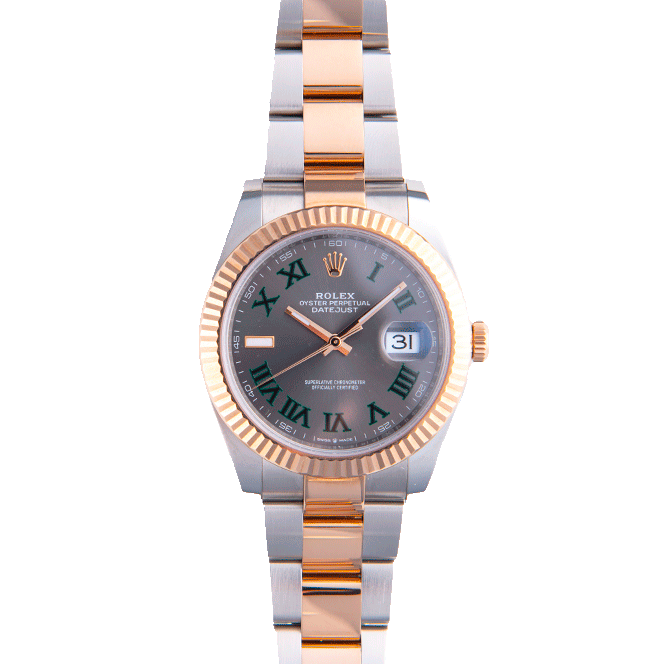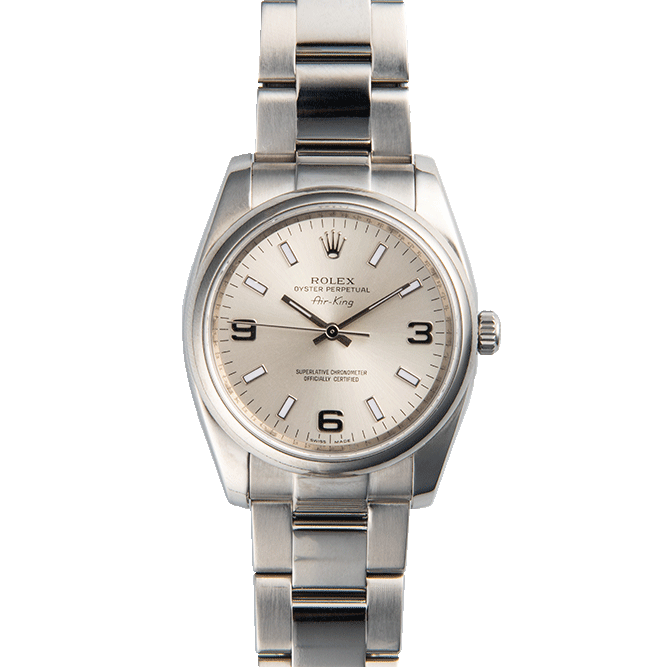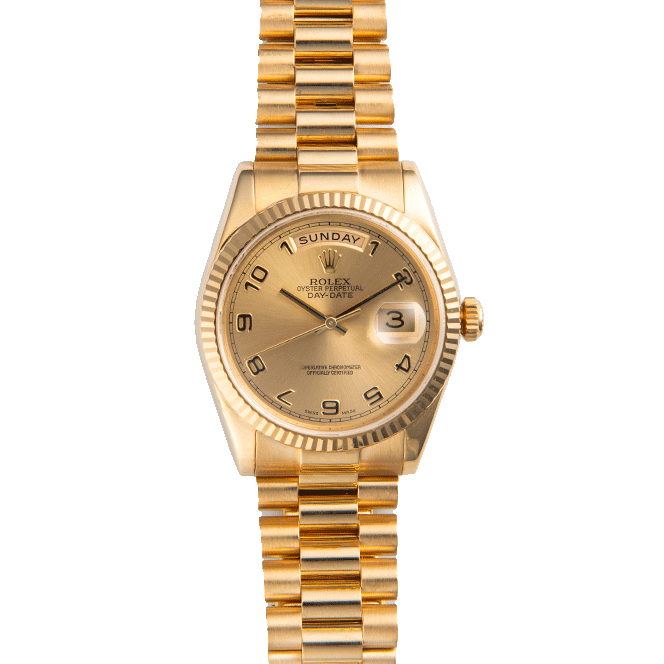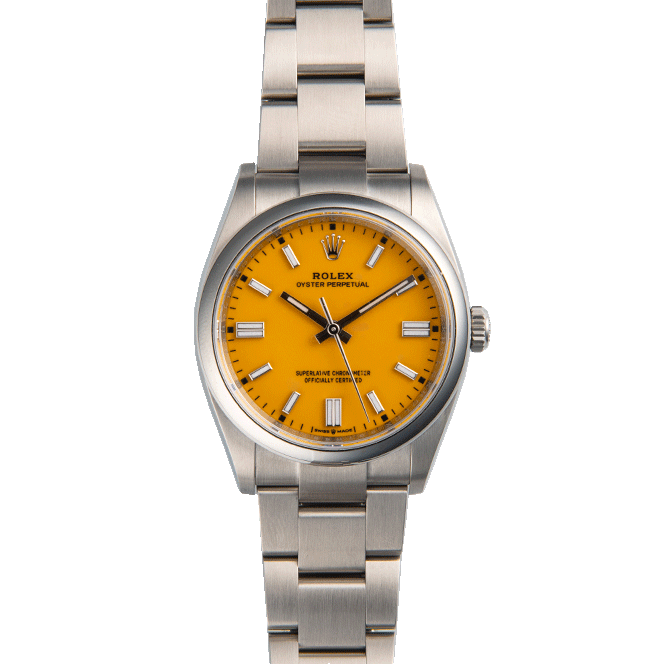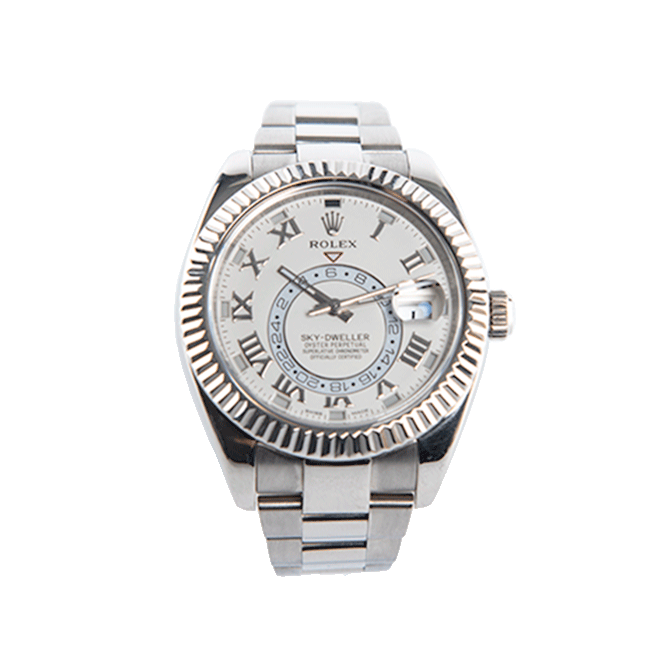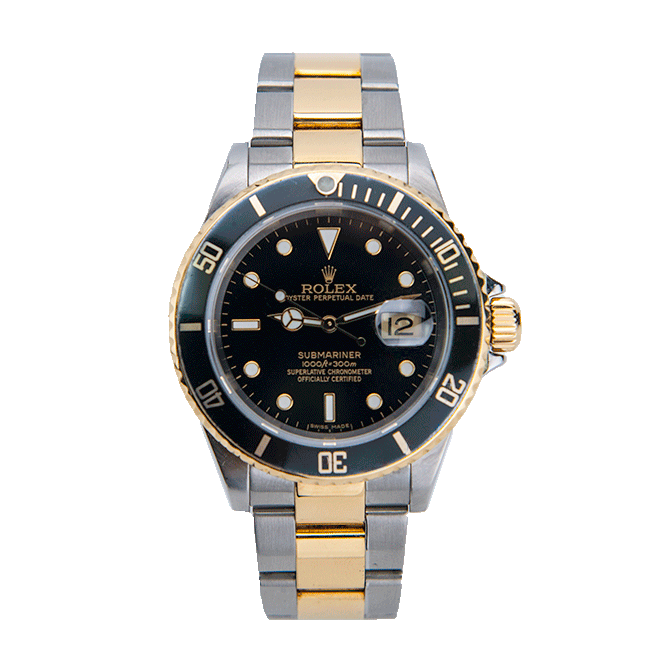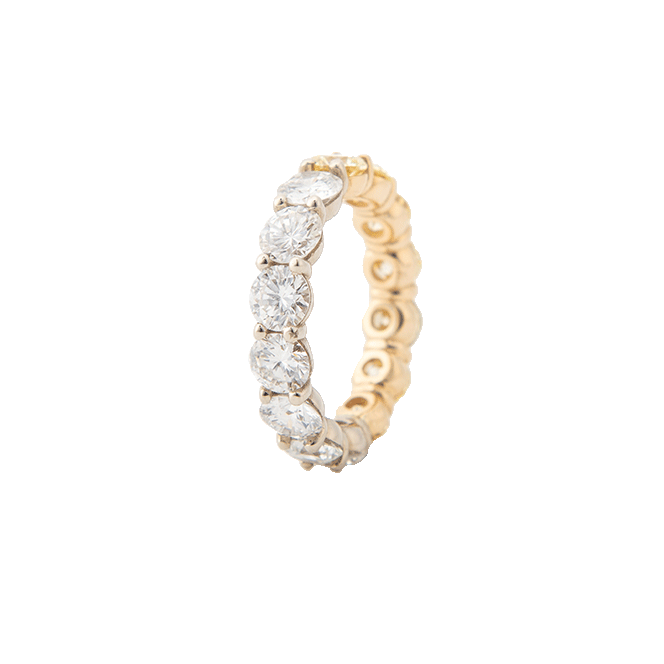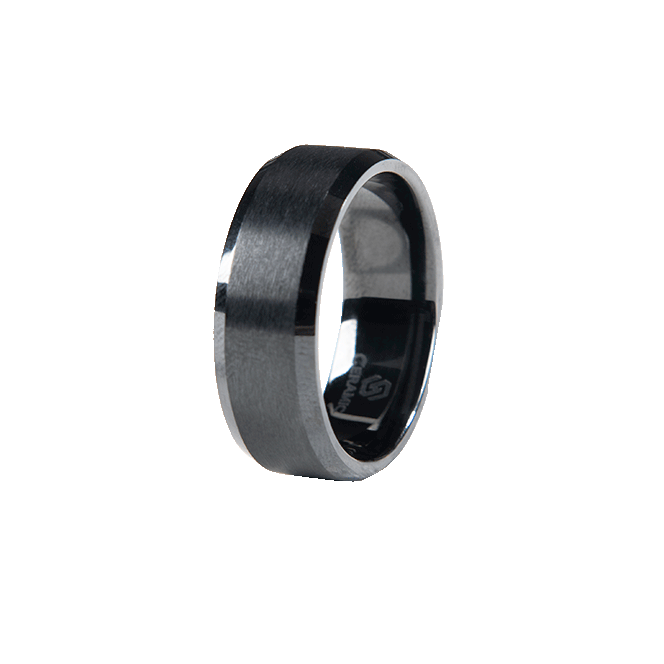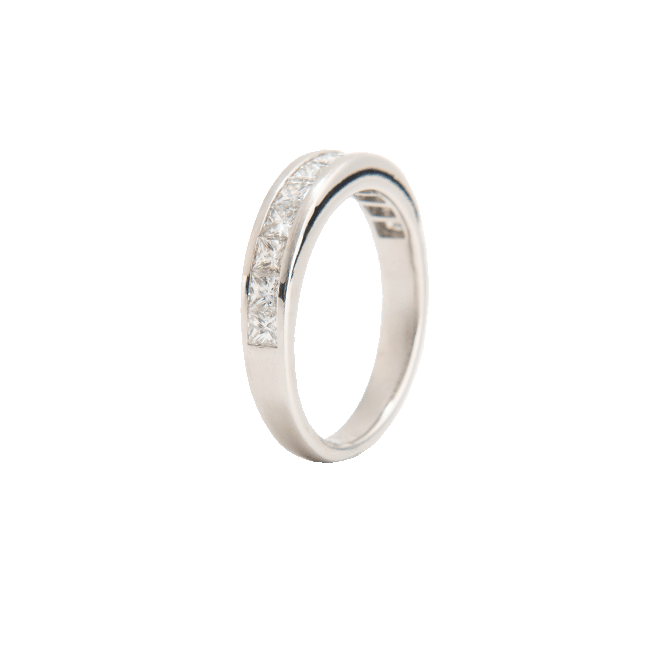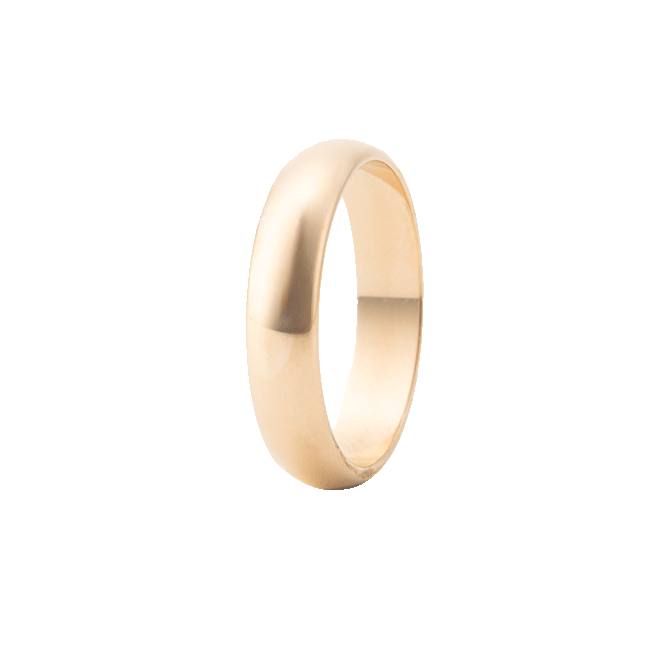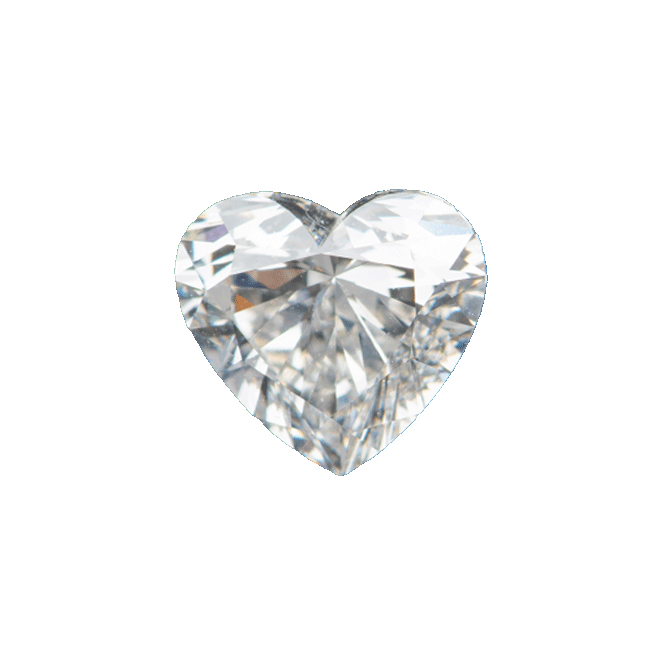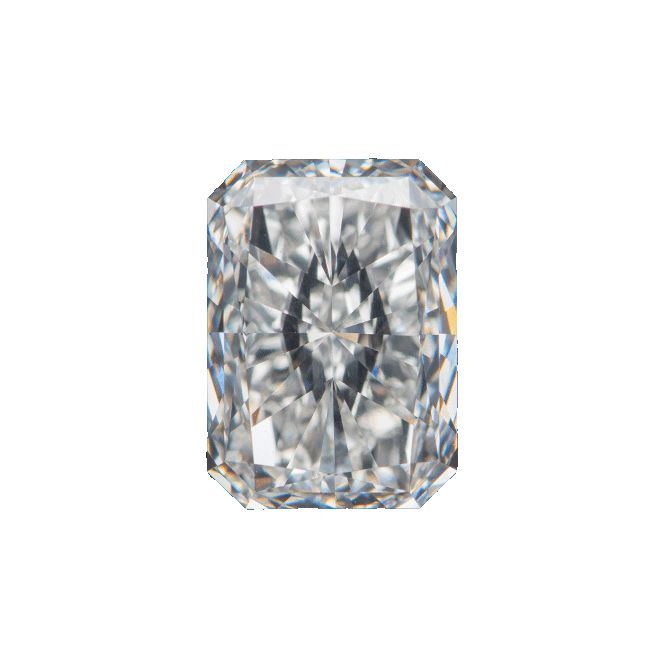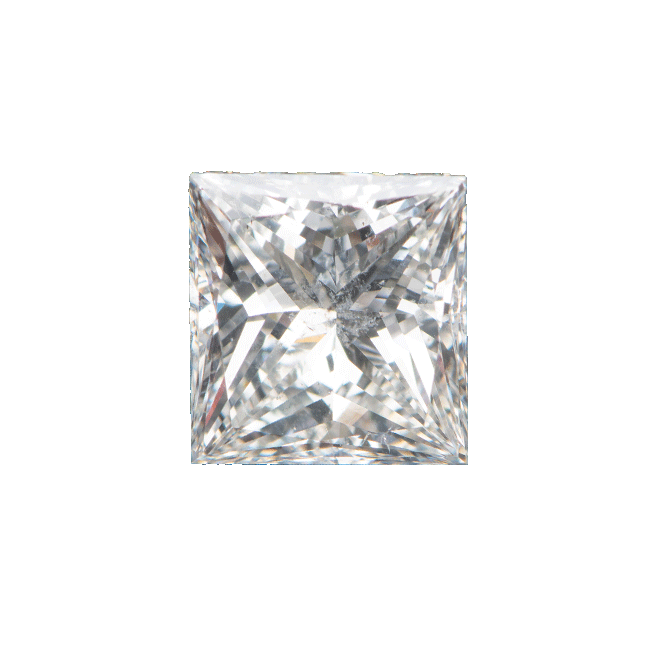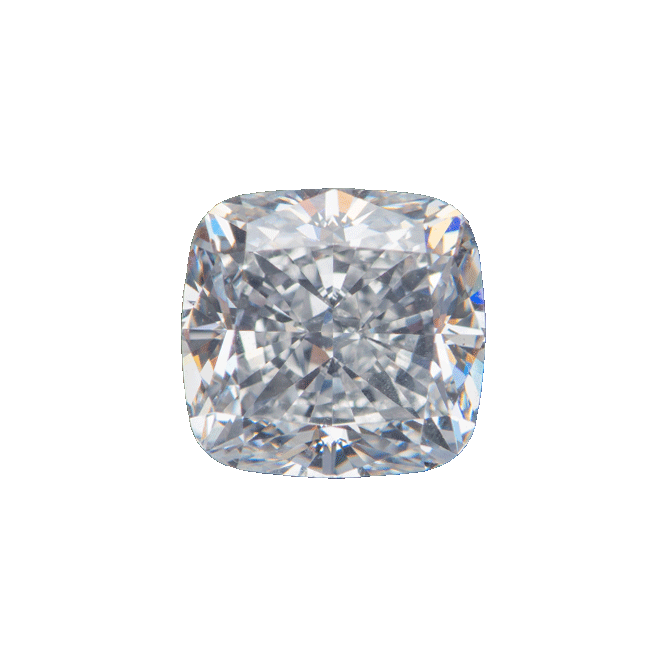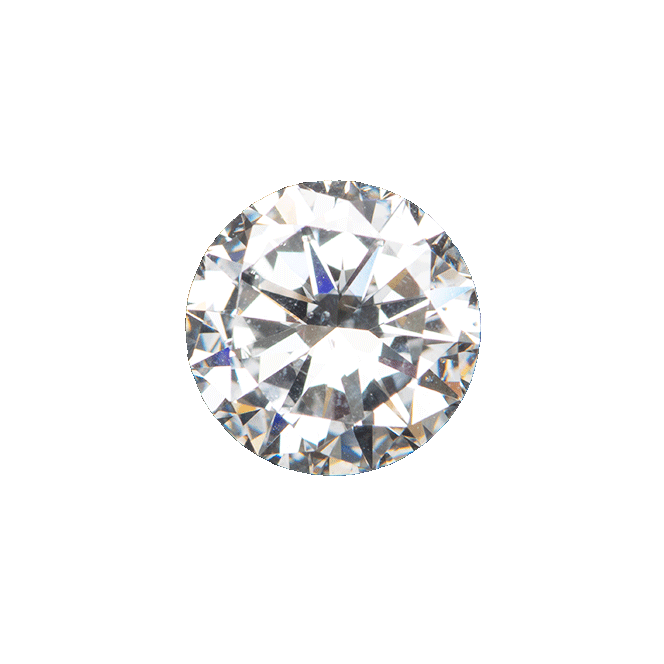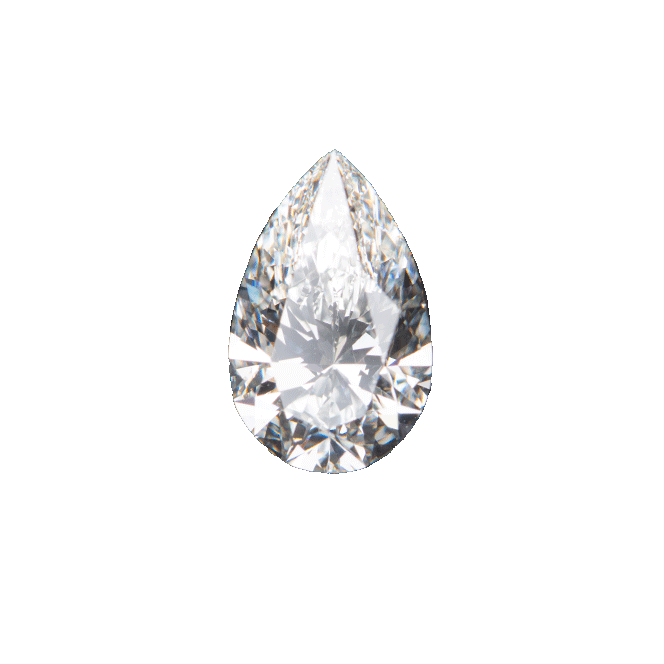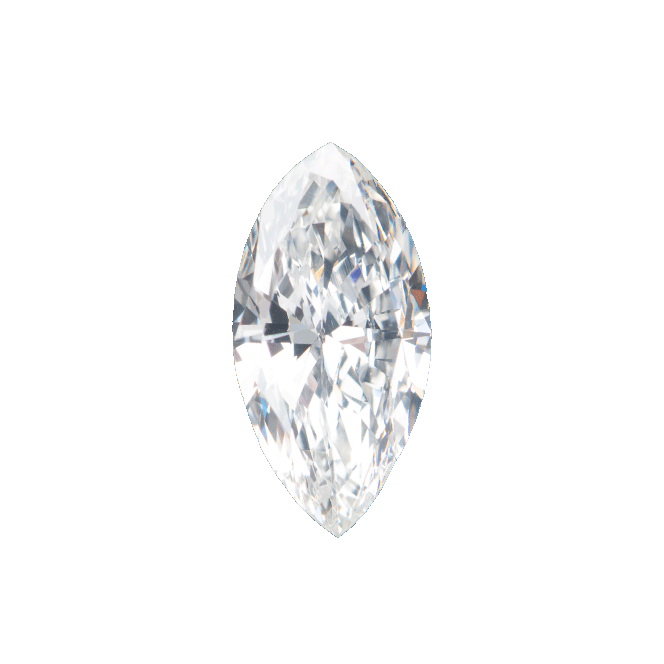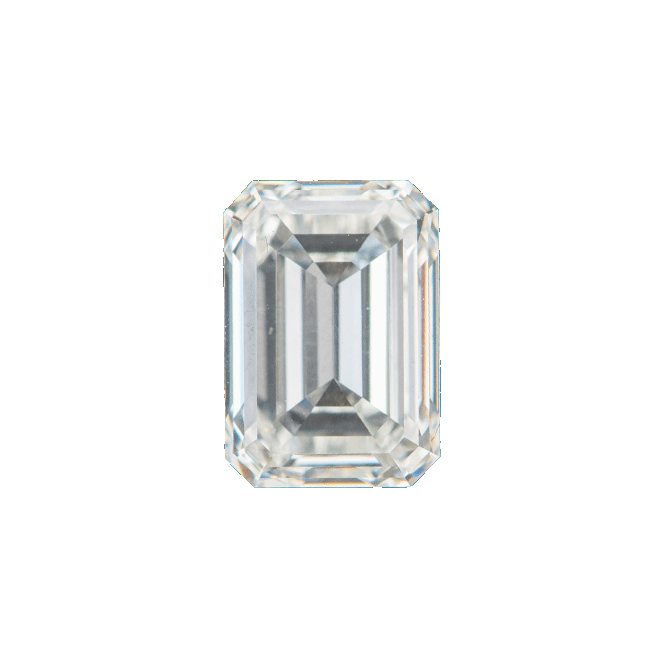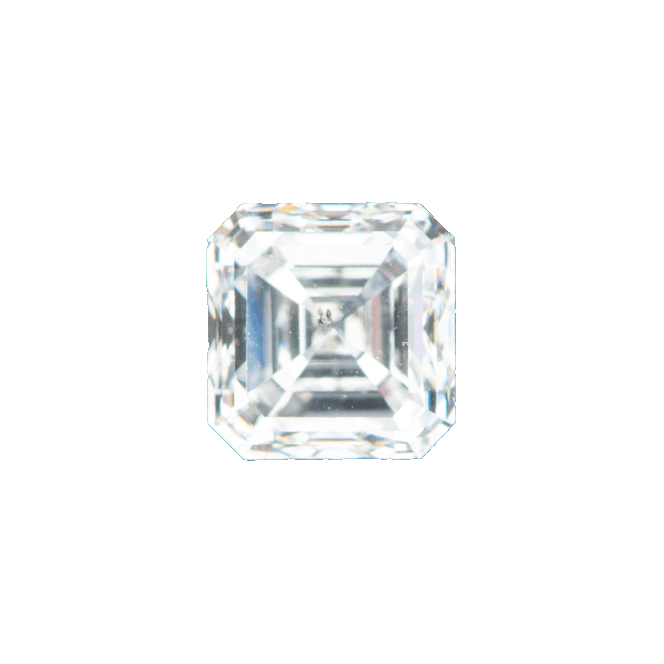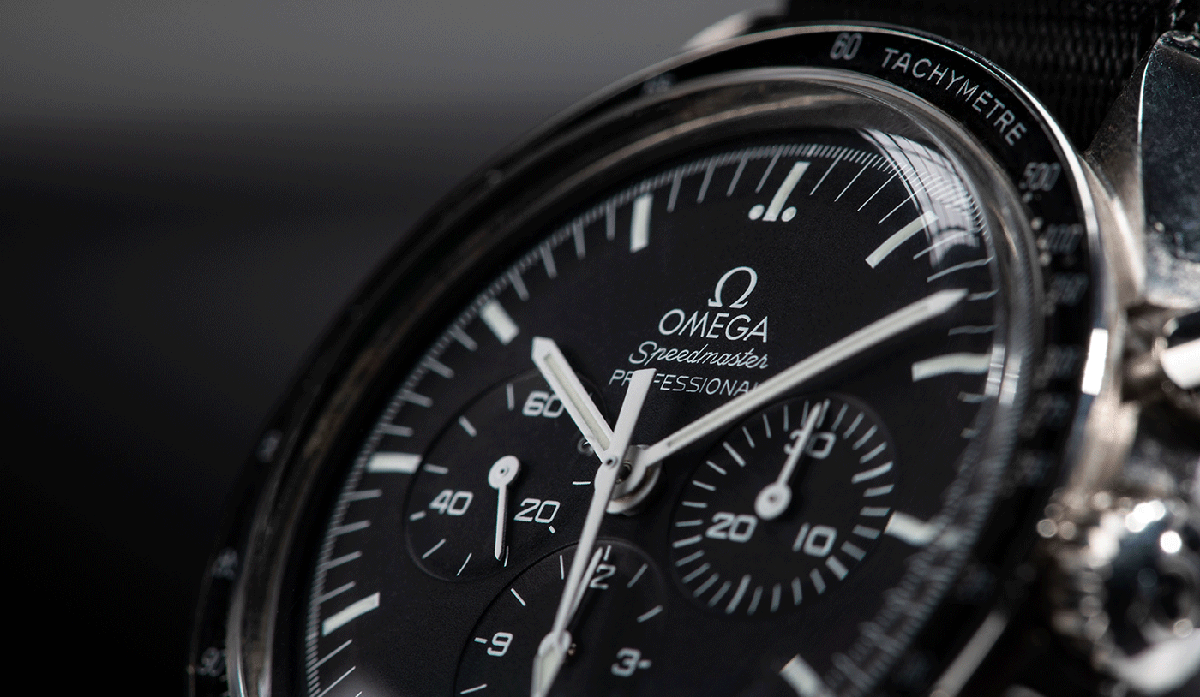One of the most marvelous representations of human engineering and craftsmanship lies within a movement of time. The automatic watch movement holds a position of enduring allure and technical marvel. From its inception in the 18th century to its evolution into a cornerstone of contemporary horology, the automatic movement has captivated both watch enthusiasts and casual wearers alike.
In an age where digital technology and quartz movements offer simpler, more accessible alternatives, the automatic watch continues to thrive, particularly among those who appreciate the skill and precision required to create these complex mechanisms. So, let’s dive into the history behind these unique timepieces.
History of Automatic Watch Movement
What is Automatic Movement in a Watch?
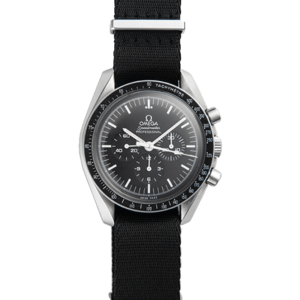
How an Automatic Watch Movement Works?
An automatic watch movement is a marvel of precision, transforming kinetic energy into the art of timekeeping. At its core is the mainspring, a special alloy coil that stores energy. As the wearer moves, this energy is captured by a semi-circular rotor that swings freely, winding the mainspring through a network of gears.
The rotor’s bidirectional movement ensures efficient energy transfer, winding the mainspring in both directions. This energy is then meticulously released by the escapement mechanism, a complex assembly of the escape wheel, pallet fork, and balance wheel. The escapement meticulously meters out this energy, ensuring the watch hands move steadily and accurately.
Central to this process is the balance wheel, which oscillates like a pendulum, allowing the escape wheel to advance and drive the watch hands. The rate of these oscillations, often stabilized by a hairspring, is crucial for accuracy. The gear train then transmits this regulated energy to the watch hands and any additional features like date displays or chronographs, ensuring precise timekeeping and functionality.
Operating without a battery, an automatic watch is a self-reliant masterpiece. It harnesses, regulates, and utilizes kinetic energy, powering not just timekeeping but also other complexities. It’s a testament to horological ingenuity, encapsulating centuries of watchmaking prowess.
How Many Years Does an Automatic Watch Last?
The durability of an automatic watch is a topic of keen interest, considering the elaborate mechanics and artistry involved in its creation. Typically, a well-cared-for automatic watch can endure for many years, often becoming a cherished family heirloom. Yet, its longevity hinges on several factors, including the caliber of its components, the craftsmanship’s finesse, and the owner’s attentiveness.
Consistent upkeep is pivotal in prolonging an automatic watch’s life. Experts recommend servicing these watches every 4 to 5 years, though some premium models might need less frequent maintenance. Servicing involves dismantling, cleansing, and oiling the movement to ensure peak performance. Any worn or impaired parts are replaced, and the watch’s accuracy is fine-tuned.
The watch’s environment also impacts its lifespan. Exposure to harsh temperatures, moisture, or magnetic fields can impair its functioning. Proper storage in a stable environment is crucial when the watch isn’t worn. Features like water resistance and anti-magnetic shielding in some automatic watches can further safeguard and prolong their life.
In essence, an automatic watch’s longevity is a blend of its build quality and the care it receives. With regular maintenance and mindful handling, an automatic watch can be a dependable keeper of time across generations.
What Are the Different Types of Automatic Watches?
Automatic watches come in a diverse array of styles and functionalities, catering to a wide range of tastes and needs. At the most basic level, you have the simple three-hand models that display hours, minutes, and seconds. These are often the entry point for those new to the world of automatic watches, offering the essential features without the complexity of additional complications.
As we move up the ladder, we encounter automatic watches with added functionalities, known as complications in horological parlance. These can range from date displays and moon phases to more complex features like chronographs, which can measure elapsed time, and perpetual calendars, which account for the varying lengths of months and even leap years.
Then there are the luxury automatic watches, often handcrafted and featuring intricate complications like tourbillons, which counteract the effects of gravity to improve accuracy. These high-end timepieces are not just instruments for timekeeping but works of art that display the pinnacle of watchmaking craftsmanship.
Automatic watches also vary in terms of their aesthetic design, from classic and elegant styles to sporty and rugged versions. Brands like Patek Philippe and Audemars Piguet offer sophisticated, elegantly designed automatic watches, while companies like Rolex and Omega offer robust, durable models suitable for diving or aviation.
When Did Automatic Watches Start?
Is Automatic Better Than Quartz?
The automatic vs. quartz movement debate is a perennial topic among watch aficionados, each side presenting its own merits and drawbacks. The preference boils down to individual tastes and requirements. Automatic movements are lauded for their mechanical intricacy and the craftsmanship they embody.
They resonate with those who cherish the tactile link to the age-old art of watchmaking and the expertise involved in their assembly. Yet, these watches typically come with a higher price tag, demand routine upkeep, and might lag slightly in accuracy compared to their quartz counterparts. Quartz movements, conversely, are celebrated for their precision and dependability. Battery-powered and regulated by a quartz crystal, these watches maintain remarkable accuracy and require little maintenance.
They’re also more wallet-friendly, making precision timekeeping widely accessible. However, they miss the mechanical depth and the emotional appeal that draw many to automatic watches. Function-wise, quartz watches often feature extras like alarms, backlighting, and digital displays, which are rarer in mechanical watches. Automatic watches, on the other hand, may boast complex mechanical complications like moon phases and tourbillons, showcasing the pinnacle of watch engineering.
Overall, choosing between automatic and quartz hinges on what you value most: the practicality and pinpoint accuracy of quartz, or the artisanal heritage and mechanical allure of an automatic. Your choice should reflect your lifestyle, aesthetic taste, and what you seek in a timepiece.
List of Best Automatic Watches
The realm of automatic watches is vast and varied, offering options that cater to different tastes, needs, and budgets. Below is a curated list of top automatic watches, each distinguished by its unique features and craftsmanship.
Patek Philippe Calatrava:
A quintessential luxury timepiece, the Calatrava epitomizes elegance and sophistication. Its understated design and exceptional craftsmanship make it a timeless classic. Unique features include a hobnail bezel and an ultra-thin movement.
Audemars Piguet Royal Oak:
Known for its distinctive octagonal bezel and integrated bracelet, the Royal Oak is a symbol of modern luxury. It features a “Grande Tapisserie” dial and is powered by a high-quality in-house movement.
Rolex Submariner:
A benchmark in the world of dive watches, the Submariner offers a perfect blend of functionality and style. Its Oyster case provides water resistance up to 300 meters, and the watch features a unidirectional rotating bezel for tracking dive time.
Omega Speedmaster:
Often referred to as the “Moonwatch,” the Speedmaster gained fame as the watch worn by astronauts during the Apollo missions. It features a chronograph function and a tachymeter scale, ideal for timing events.
Jaeger-LeCoultre Reverso:
A classic dress watch with a twist; the Reverso features a reversible case that flips to reveal a second dial. Initially designed for polo players, it has become a symbol of versatility and elegance.
IWC Portuguese:
Known for its clean, open dial and distinctive Arabic numerals, the Portuguese is a nod to marine chronometers. It often features complications like a power reserve indicator and a tourbillon.
Seiko SKX007:
A budget-friendly option that doesn’t compromise on quality, the SKX007 is a robust dive watch with a cult following. It offers water resistance up to 200 meters and features Seiko’s reliable automatic movement.
Tudor Black Bay:
A vintage-inspired dive watch, the Black Bay offers a range of color options and features like a snowflake hour hand and a domed crystal. It’s powered by an in-house movement and offers a 70-hour power reserve.
Nomos Tangente:
A minimalist’s dream, the Tangente is known for its Bauhaus-inspired design. It features a manually wound in-house movement and a clean, easy-to-read dial.
Oris Aquis:
A solid mid-range option for dive watch enthusiasts, the Aquis offers features like a ceramic bezel and a water resistance of up to 300 meters. It’s known for its robust build and affordable price point.
Each of these watches brings something unique to the table, be it in terms of design, functionality, or heritage. Whether you are a seasoned collector or a newcomer to the world of automatic watches, this list offers options that cater to a wide range of preferences and budgets.
